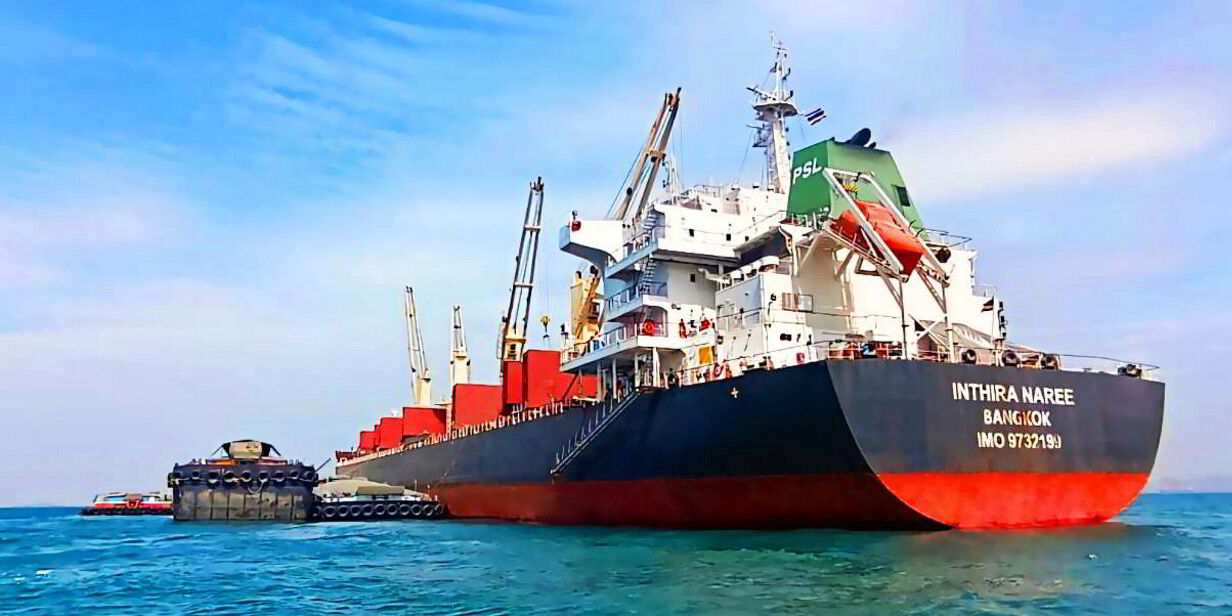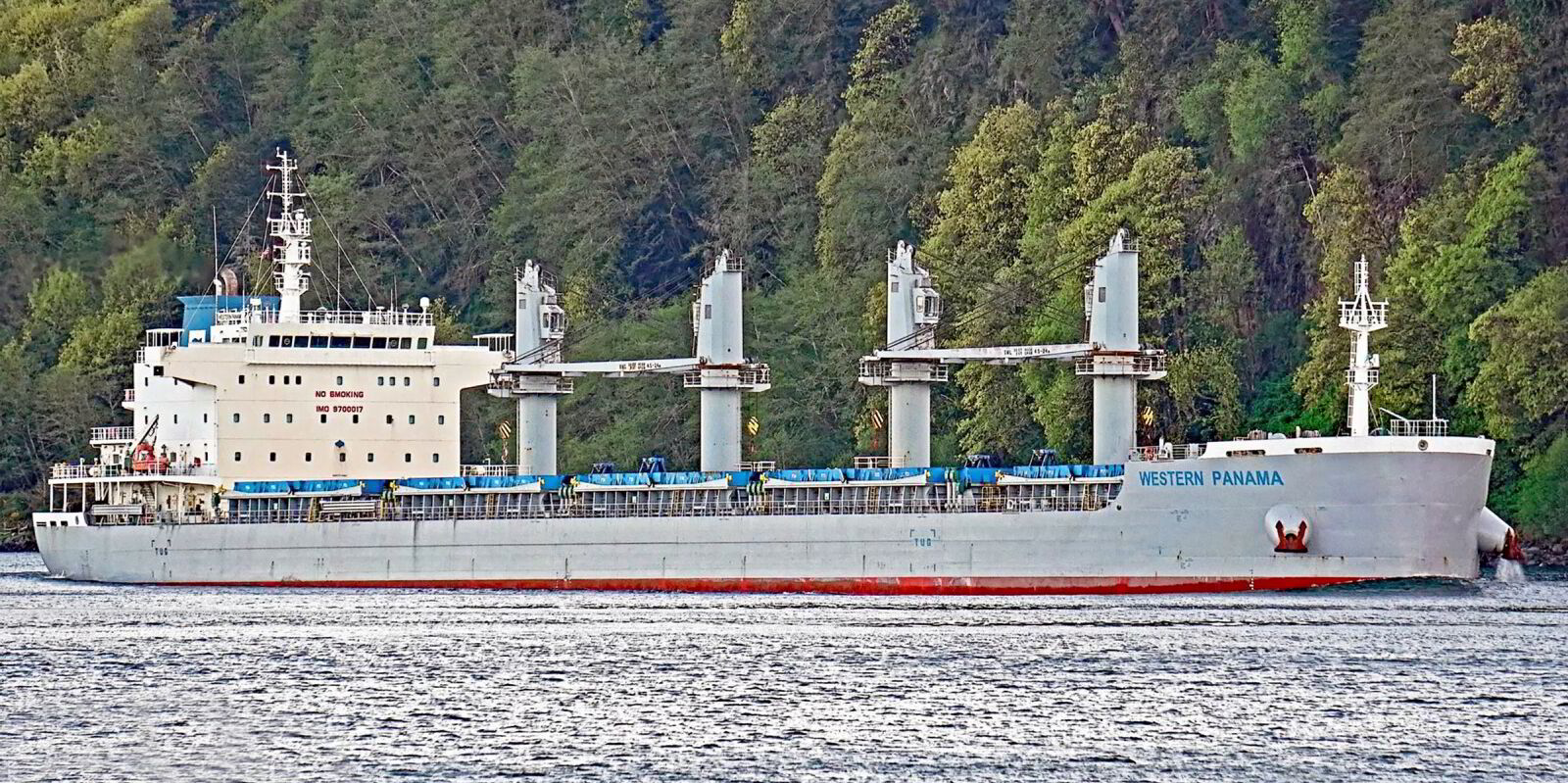Precious Shipping expects to offload more tonnage in the second half of the year due to activity in the secondhand and newbuilding markets.
“We are in the process of overhauling our fleet [and] we hope to sell a few more of our older, smaller handysizes, as well as a few non-eco engine supramaxes during the second half of this year,” the Thai company said in a regulatory filing.
The Khalid Hashim-led shipowner has sold three ships so far this year — the 33,720-dwt Charana Naree (built 2005) for $10.75m, the 28,442-dwt Rattana Naree (built 2002) for $6.5m and the 53,857-dwt Wikanda Naree (built 2013) for $13.66m.
At the same time, it signed newbuilding contracts for four ultramaxes at China’s Taizhou Sanfu Ship Engineering for delivery in 2026 and 2027.
During July, Precious bought the 39,000-dwt bulkers Western Durban, Western Lima, Western Miami and Western Paris (all built 2015) for a total of $78m.
It has also bought two 39,000-dwt handysizes this year, including the Western Panama (built 2015) for $18.6m and the Interlink Amenity (built 2018) for $25.25m.
News of plans for more vessel disposals came as Precious announced a near 75% year-on-year increase in second-quarter net profit of $14.36m.
Earnings per day per ship in the second quarter were $13,483, versus the average of $11,424 seen in the corresponding period last year.
During the second quarter, the Baltic Handy Size Index (BHSI) averaged 725 points, as derived from an average time charter rate of $13,051 per day. In comparison, the Precious handysize fleet earned $11,975 underperforming the BHSI time charter rate by 8.24%.
The Baltic Supramax Index (BSI) averaged 1,364 points, as derived from an average time charter rate of $15,005 per day, with the Precious supramax and ultramax fleet outperforming the BSI time charter rate by 2.38%.
“As usual, it will be supply and demand factors that will determine the strength of the freight markets,” Precious said.
“We have for the first time in two decades, 20+ year ships as a percentage of the existing fleet at 7.26% being higher than the forward orderbook as a ratio of the existing fleet of 6.88% at the start of 2022.
“Nevertheless, at the start of the third quarter these figures were 9.07% for the 20+ year old fleet and 9.10% for the forward order book,” it added.
Precious said supply-demand has been in “near perfect balance” since the second half of 2021, while supply growth appears “benign for the next few years, which is a leading indicator for future market strength”.
“Dry bulk freight rates are essentially a tug-of-war between supply and demand. Supply has been very restrained over the last few years with hardly any new buildings on order compared to the earning potential of today’s market rates,” the shipowner said.
Precious said that since supply-demand came into balance by the second half of 2021, rates have become extremely volatile.
“The reason for that extreme volatility is that supply-demand is an inelastic curve, so with one extra unit of demand, rates can skyrocket by multiples of last done numbers,” the shipowner said.
“Same way, rates come down very sharply when that extra unit or two of demand is taken off the table. So, volatility is the name of the game from here on.”





